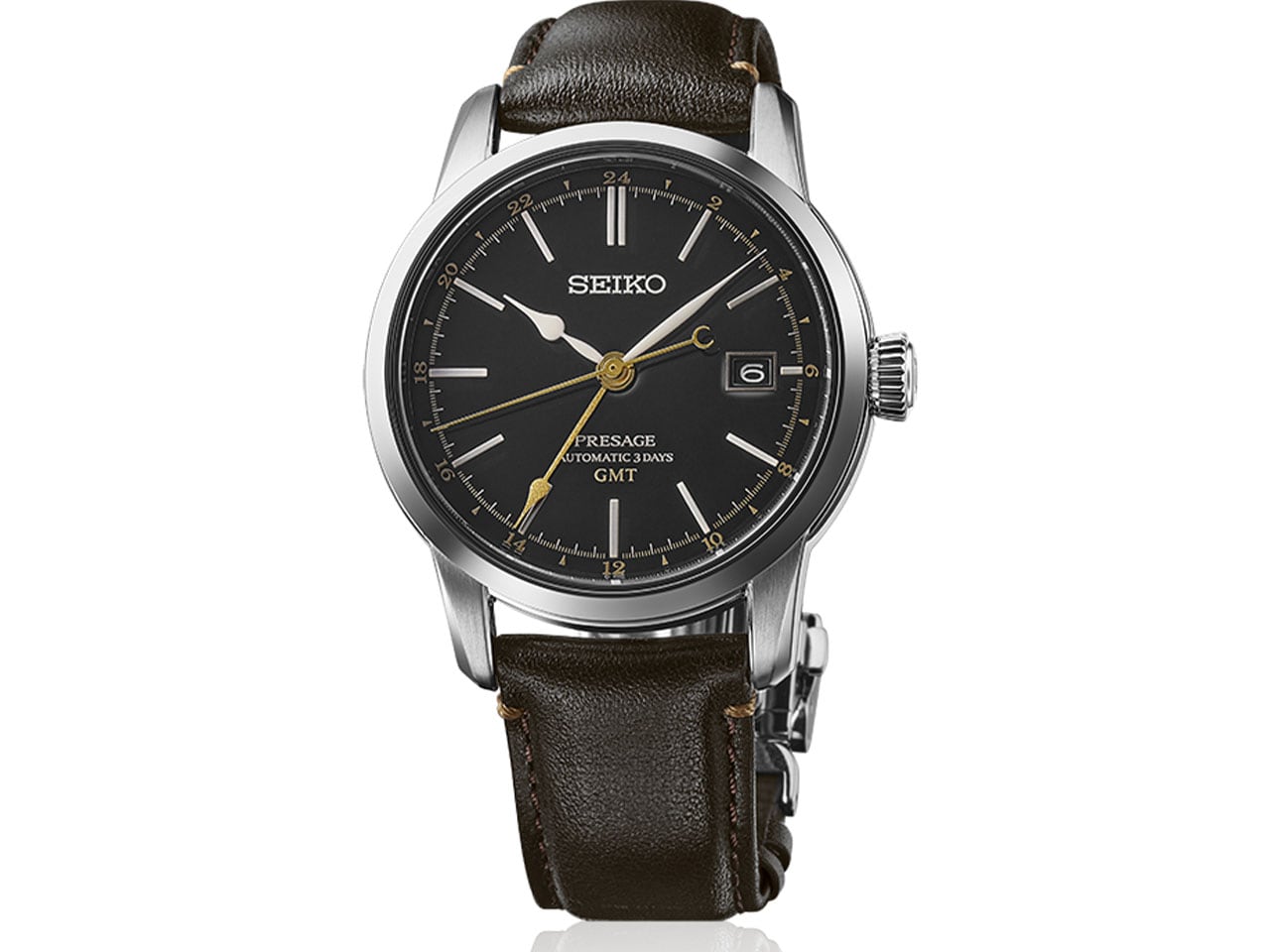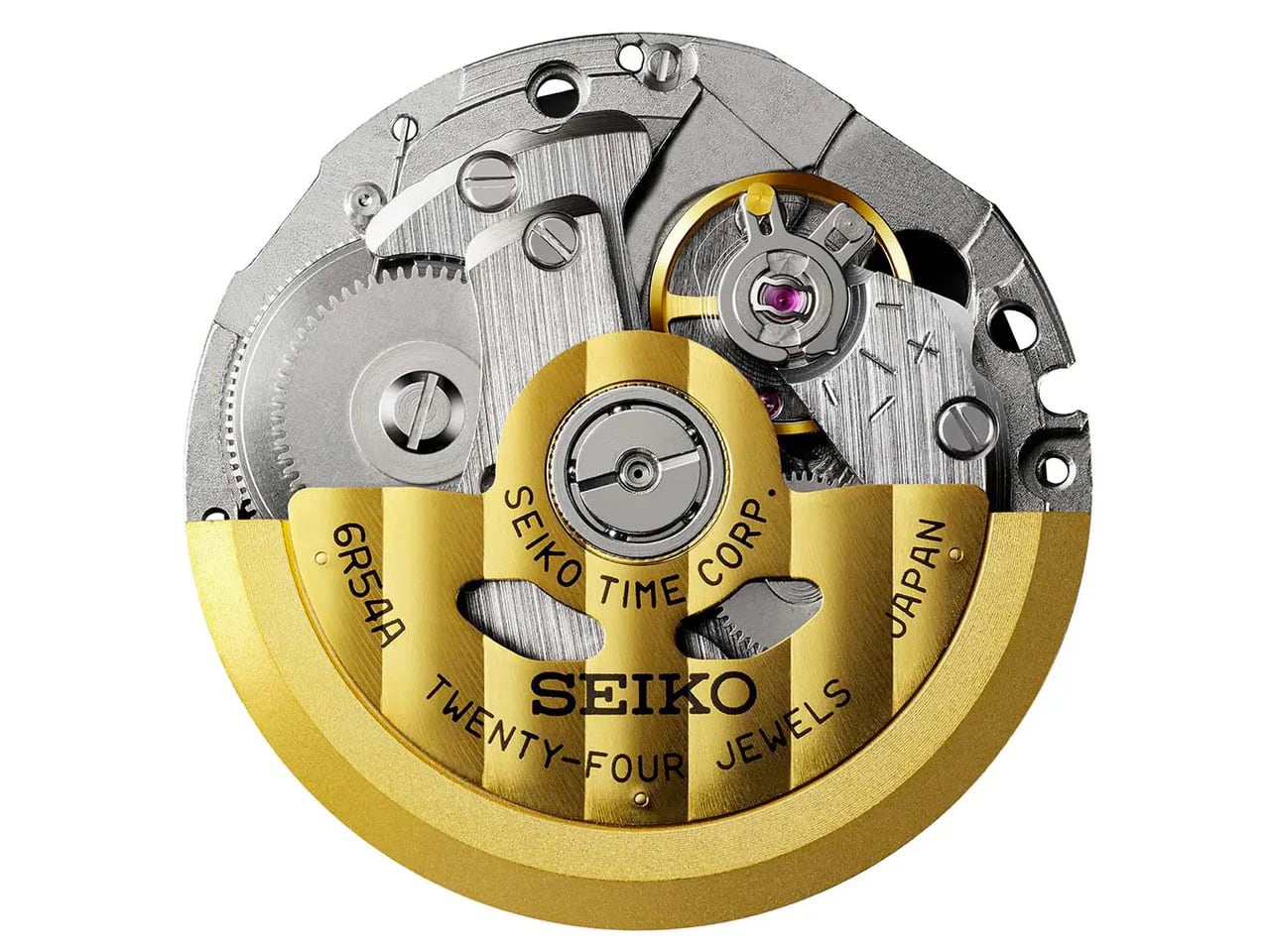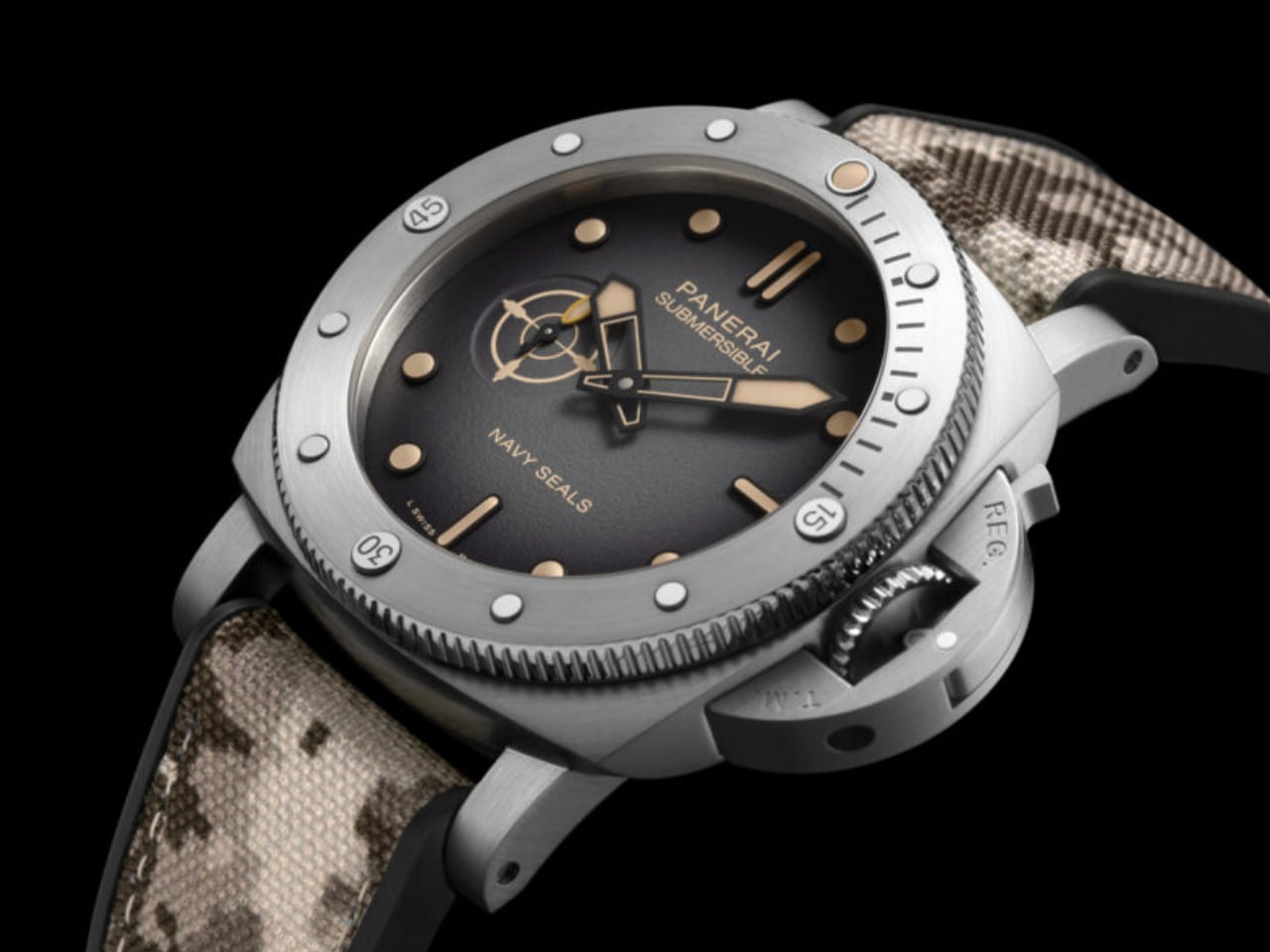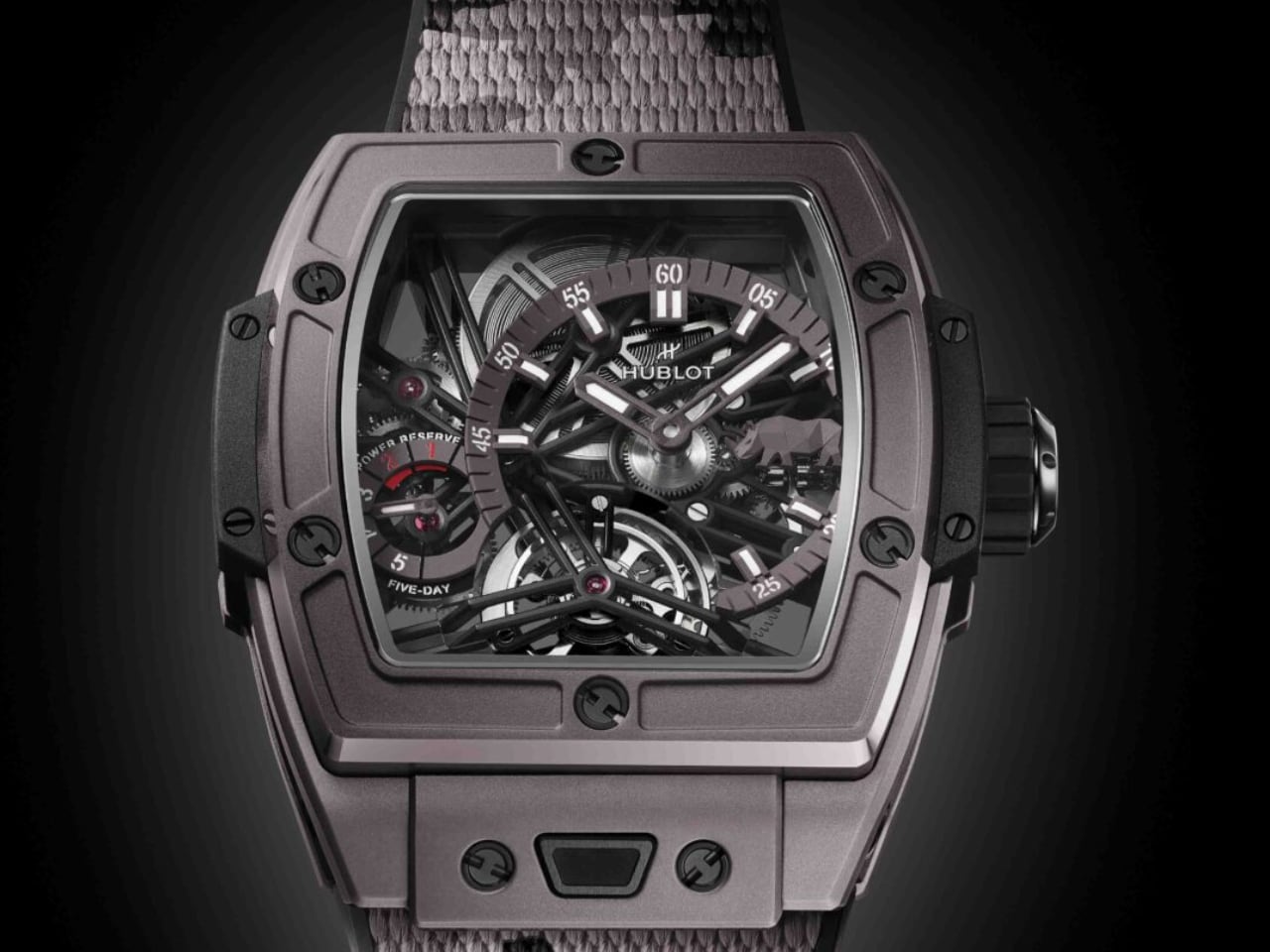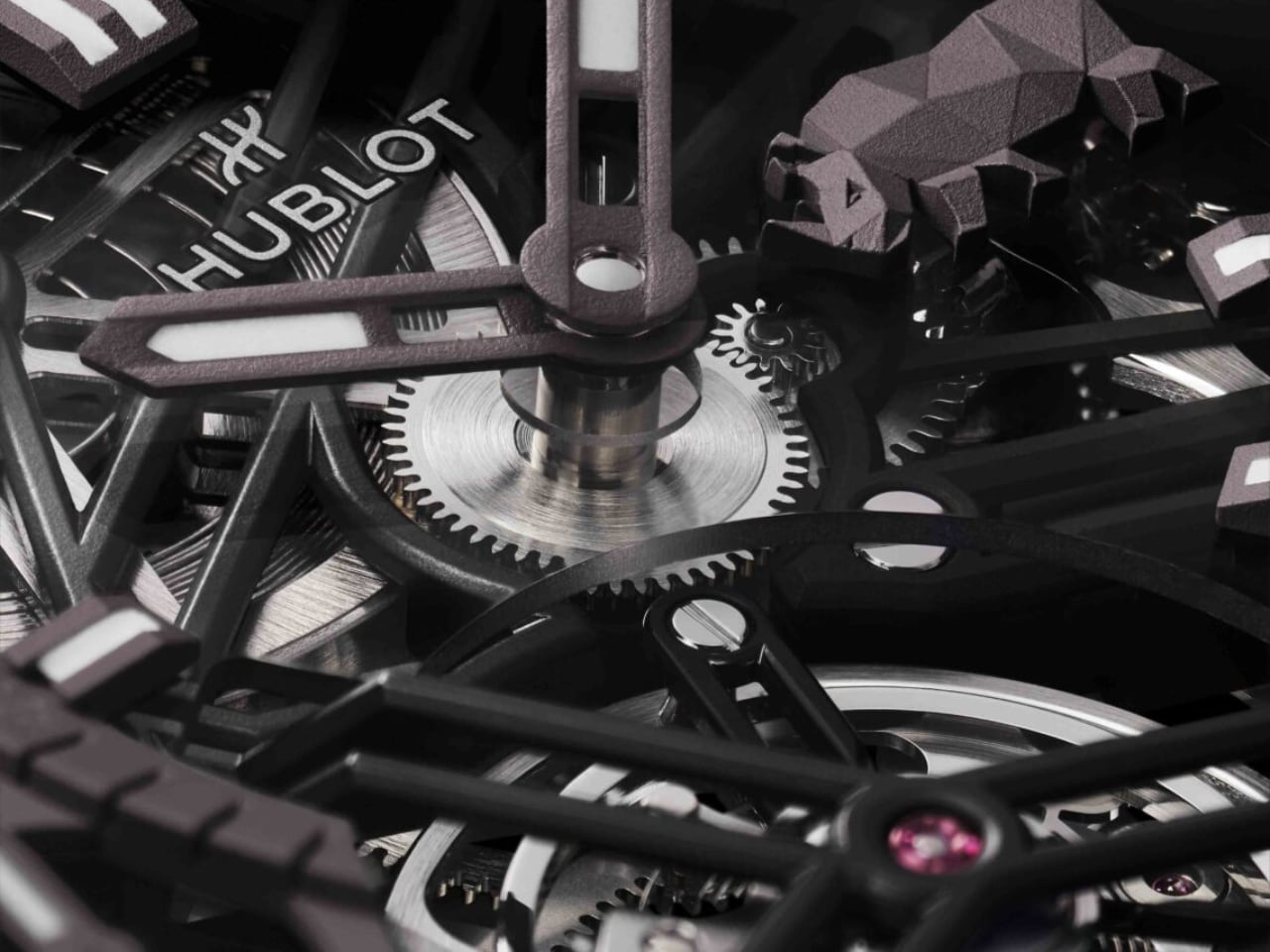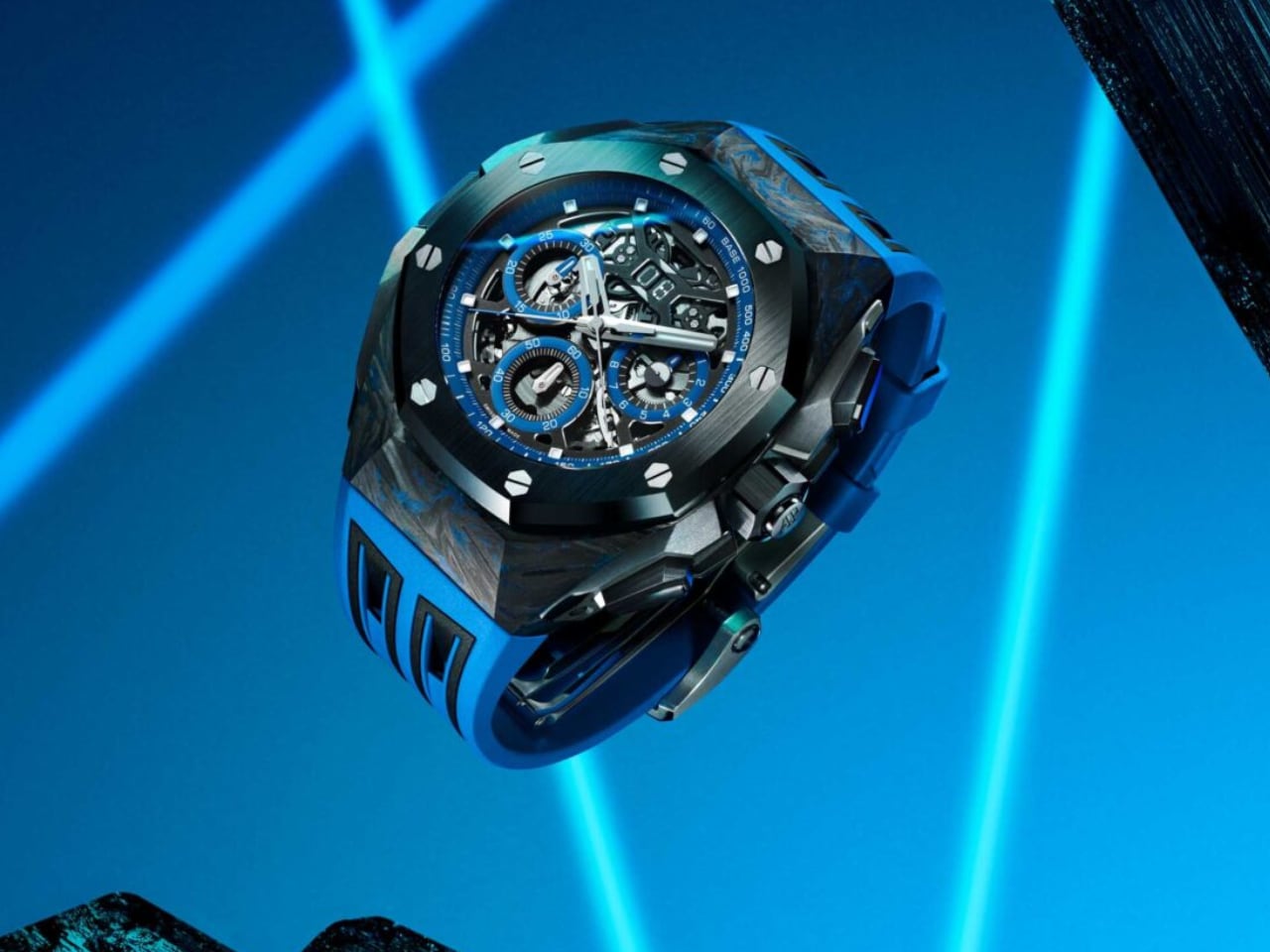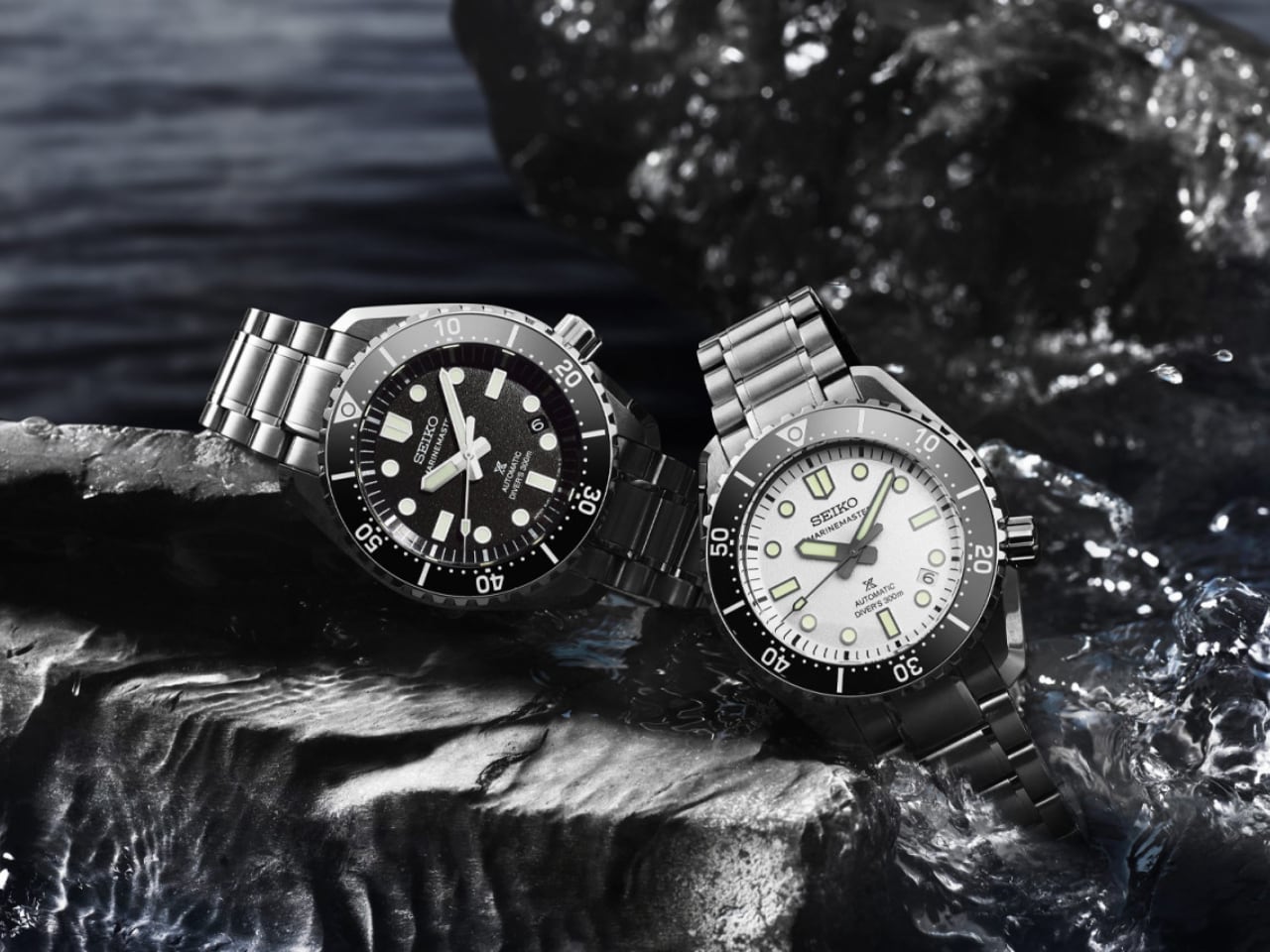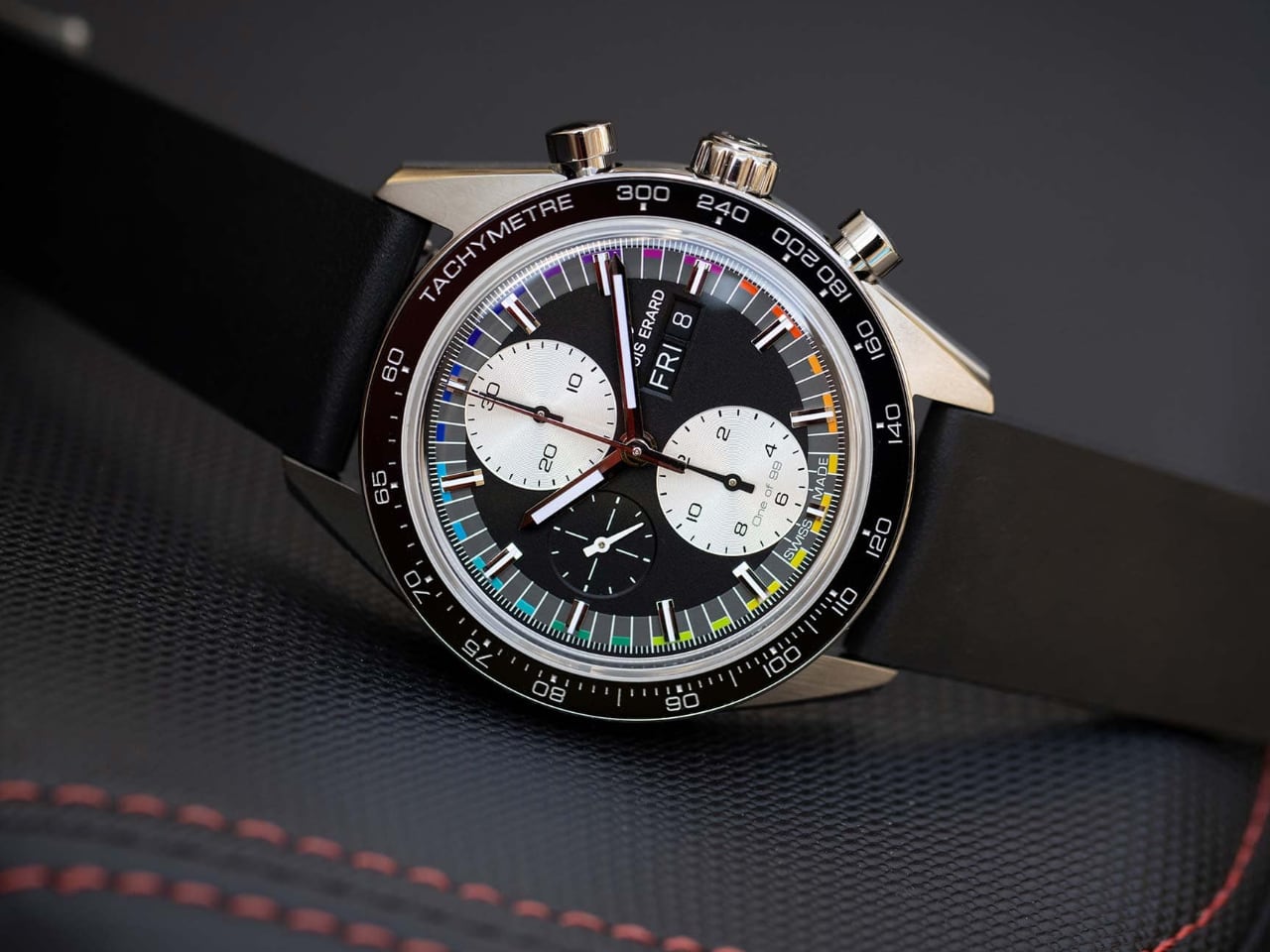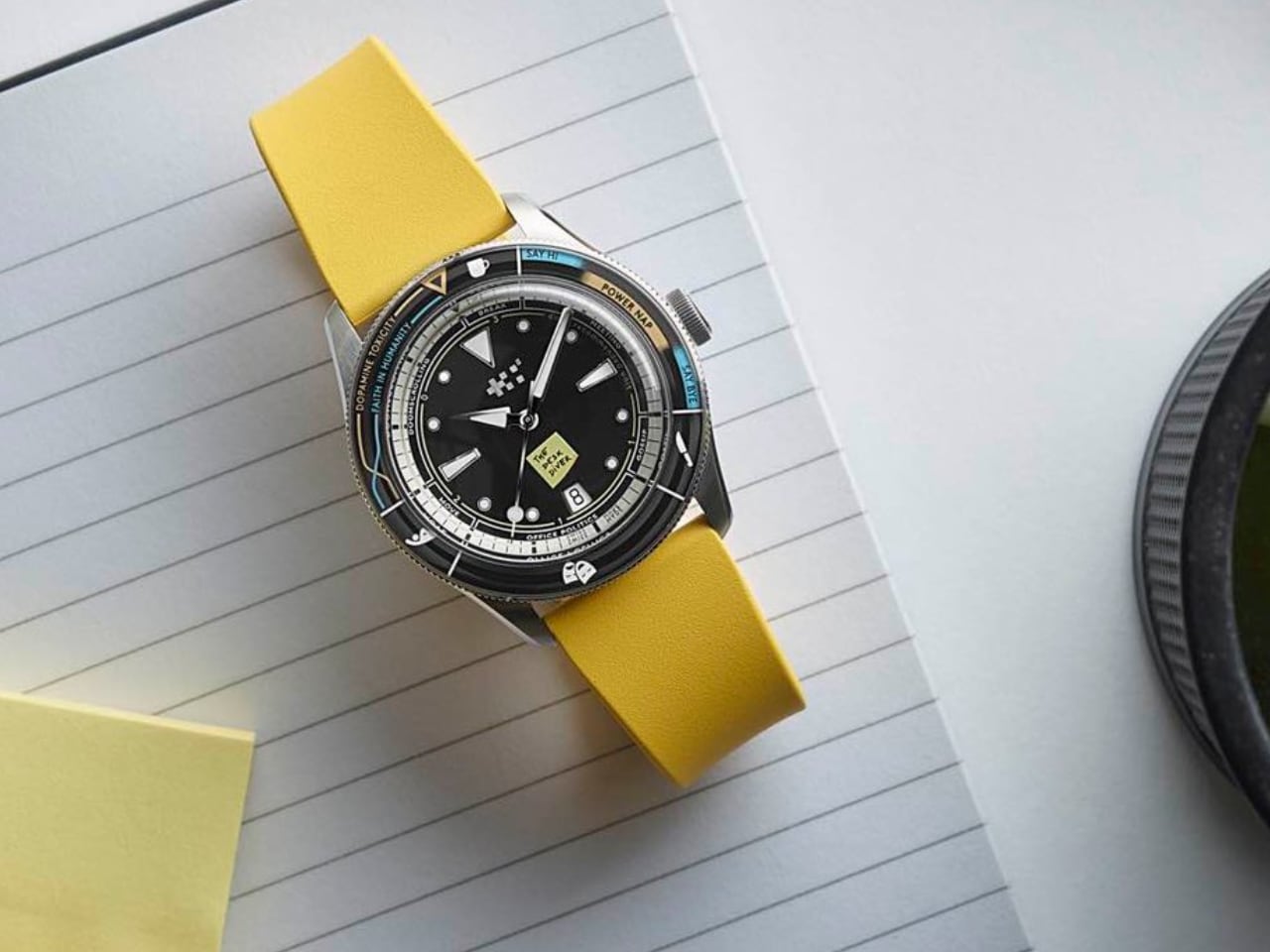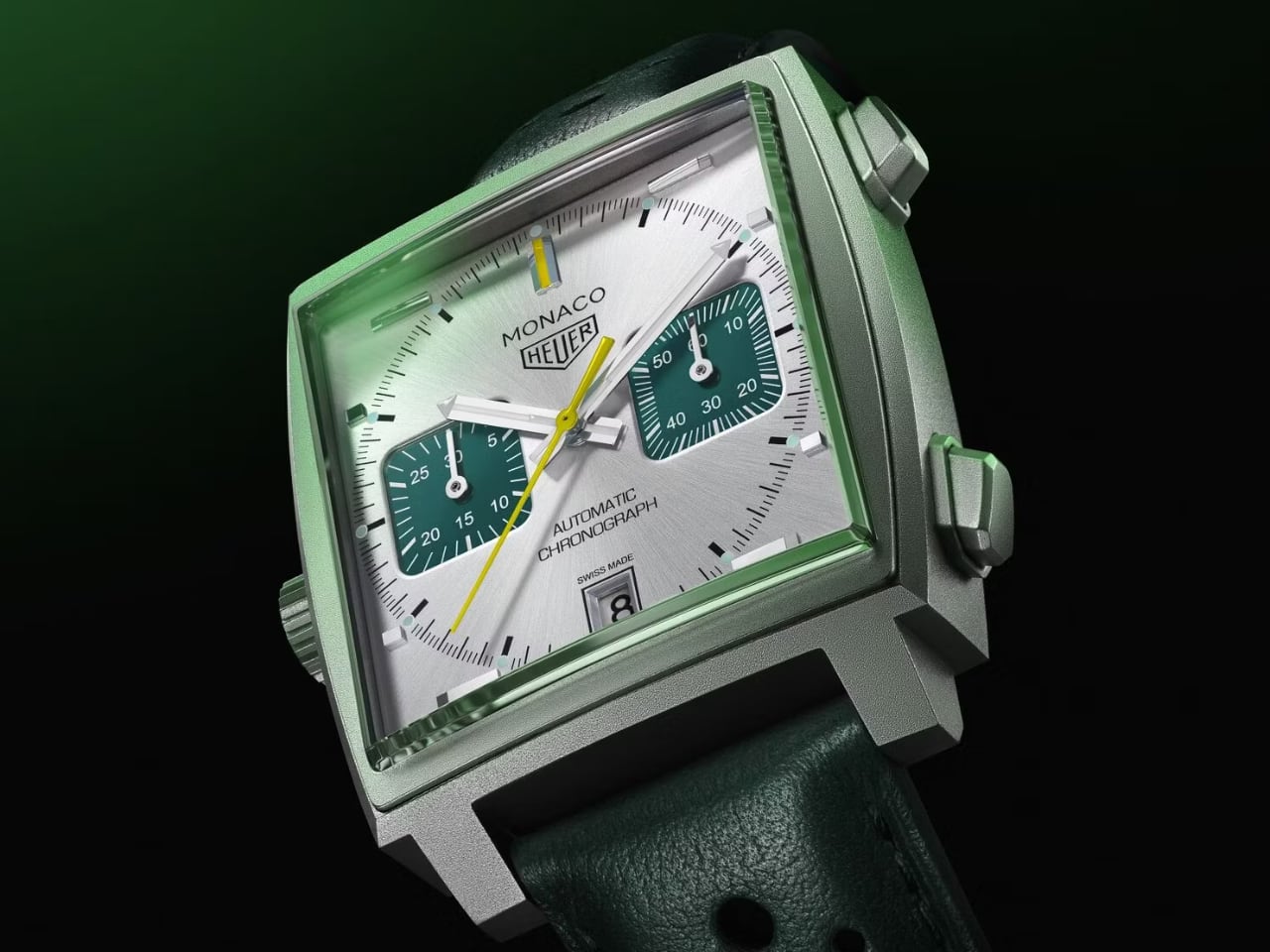
August 2024 has brought a fresh wave of sneaker releases and collaborations that captivated athletes and collectors alike. From limited-edition retros to performance-driven designs, brands like Nike, Jordan, and New Balance pushed athletic style boundaries. Collaborations with boutique labels like A Ma Maniere highlighted the deepening connection between luxury fashion and sneaker culture, making August a pivotal month for sneaker enthusiasts. Whether it was a nod to classic colorways or innovative new materials, these releases captured the spirit of modern sneaker culture, blending heritage with contemporary flair.
1. Puma Porsche Design 50th Anniversary Edition
Celebrating half a century of luxury and style—Puma and Porsche Design come together for a sleek tribute.

Puma teamed up with Porsche Design to release a special edition sneaker celebrating the 50th anniversary of Porsche Design. Reflecting the luxurious and sporty aesthetics both brands are known for, this sneaker is crafted with high-quality materials and a minimalist design. Ideal for both Porsche enthusiasts and those looking for a sophisticated everyday shoe, this pair has earned my top spot.
I previously covered the Porsche 911 Turbo 50th anniversary and the Puma collaboration, noting how both products capture the spirit of Porsche’s rich design history while pushing the envelope forward. Much like the car, this sneaker bridges a storied past with modern luxury.

Design & Colors That Pop: The 50th Anniversary Edition features a minimalist black and silver colorway crafted with premium leather and subtle Porsche branding. The design emphasizes comfort, elegance, and hints of sporty details.
Why is it noteworthy?
This collaboration combines Puma’s athletic expertise with Porsche’s luxury craftsmanship to mark 50 years of Porsche Design. Understated yet elegant, it’s a versatile sneaker perfect for collectors.
Price & Availability: The retail price is $300. Limited quantities are available through Puma’s website and select luxury boutiques.
What We Love:
- Sleek, minimalist design.
- Premium materials.
- Commemorative collaboration celebrating Porsche Design’s legacy.
Not So Great:
- High price point.
- Limited availability.
2. Air Jordan 6 “Olympic”
Get ready to relive the magic of Sydney 2000—Nike is back with the Air Jordan 6 ‘Olympic,’ a true blend of nostalgia and performance.

The Air Jordan 6 “Olympic” returns to honor its connection with the 2000 Sydney Olympics. Featuring a colorway of White, Varsity Red, and Midnight Navy, this sneaker is perfect for those looking for a mix of history and functionality. Its timeless design makes it a favorite among retro Jordan fans and new sneaker enthusiasts.

Design & Colors That Pop: The “Olympic” Air Jordan 6 features a classic colorway of White, Varsity Red, and Midnight Navy, reminiscent of the 2000 Sydney Olympics.
Why is it noteworthy?
The return of the “Olympic” Jordan 6 is significant for fans of retro releases. Its association with the Sydney Games gives it a nostalgic appeal while maintaining the performance aspects Jordan Brand is known for.
Price & Availability: The retail price is $200. It was released on August 3, 2024, through Nike and major retailers.
What We Love:
- Iconic colorway with Olympic heritage.
- It’s a nostalgic value for Jordan fans.
- Solid performance features for basketball use.
Not So Great:
- The limited release makes it hard to acquire.
- The price may be higher due to its retro status.
3. Nike x Nina Chanel Abney Air Jordan 3
Get ready for an art gallery at your feet!

Nina Chanel Abney’s reimagining of the Air Jordan 3 turns the iconic sneaker into a vibrant canvas. This pair draws attention like no other, featuring a mix of textured suede, canvas, and bright splashes of orange. Abney’s contemporary artistic flair brings culture into sneaker fashion, merging streetwear with a bold art statement.

Design & Colors That Pop: A mixed-material upper with textured suede and canvas creates depth, while fuzzy branding and bright orange accents keep things fresh. A vivid green base adds even more visual punch.
Why is it noteworthy?
Nina Chanel Abney transforms the Air Jordan 3 into artwork that merges modern art and sneaker culture. This collaboration celebrates creativity and self-expression.
Price & Availability: Retail price: $225. Limited release available through Nike SNKRS and select boutiques.
What We Love:
- Inventive mix of materials.
- Bold artistic expression.
- Unique branding that draws attention.
Not So Great:
- It’s tough to get your hands on due to limited availability.
- It’s more suited for style than for basketball action.
4. Adidas Originals x Bad Bunny Gazelle San Juan
Bad Bunny takes the iconic Gazelle on a ride through Puerto Rico—expect a sneaker that tells a story.

Bad Bunny and Adidas teamed up again to deliver an experimental take on the iconic Gazelle. This iteration celebrates Bad Bunny’s Puerto Rican heritage with elements that pay homage to San Juan. Twisted front panels, a stitched size tag on the exterior, and a unique colorway create a fresh take on a classic design, breaking away from conventional molds.

Design & Colors That Pop: Twisted front panels, stitched size tags, string laces, and a padded tongue. The colorway pays homage to San Juan with tasteful accents.
Why is it noteworthy?
Bad Bunny’s collaboration with Adidas redefines the Gazelle with fresh, unconventional elements. The combination of experimental details and cultural nods makes it a standout in sneaker fashion.
Price & Availability: The retail price is $150. It is available through Adidas and select retailers, with limited drops in some regions.
What We Love:
- Unique twisted panel design.
- Comfortable padded tongue.
- Strong cultural reference to San Juan.
Not So Great:
- Twisted design might not appeal to everyone.
- Limited production run.
5. New Balance 1906L
When classic meets comfort, you get a sneaker ready for boardrooms and brunch.

The New Balance 1906L takes inspiration from classic loafer designs and merges them with a sneaker’s comfort and versatility. This hybrid model gained popularity on social media for casual outings or more dressed-up occasions due to its unique twist on sneaker and loafer styles.

Design & Colors That Pop: The New Balance 1906L combines a loafer aesthetic with a sneaker, featuring a classic yet formal design that suits casual and dressier occasions.
Why is it noteworthy?
The 1906L blends elements of traditional loafers with sneaker comfort, effortlessly bridging formal and casual wear. Its viral social media debut quickly made it a talking point.
Price & Availability: The retail price is $170. It was released globally through New Balance’s website and select fashion boutiques.
What We Love:
- Hybrid design for versatility.
- Viral popularity and social appeal.
- Comfortable fit for extended wear.
Not So Great:
- The loafer-sneaker hybrid might be too niche.
- It is expensive compared to other New Balance models.
6. Air Jordan 4 RM “Driveway Grey” by Nigel Sylvester
Nigel Sylvester blends BMX style with Jordan Brand heritage in this eye-catching edition.

Nigel Sylvester brings his BMX-inspired vision to the Air Jordan 4 in the “Driveway Grey” colorway. Tonal anthracite with subtle University Red accents gives this pair a versatile yet bold look. Sylvester’s personal style and influence shine through, making it a must-have for fans of street culture and high-performance design.

Design & Colors That Pop: Tonal anthracite colorway with subtle University Red accents, combining the iconic Jordan 4 silhouette with BMX-inspired details.

Why is it noteworthy?
This sneaker is truly unique because of its connection to BMX athlete Nigel Sylvester, who brings personal style and influence. Its limited-edition nature and aesthetic make it a must-have for collectors.
Price & Availability: Retail price: $160. Available through Nike SNKRS and select retailers.
What We Love:
- Nigel Sylvester’s personal touch.
- Unique tonal colorway with bright accents.
- Versatile for both casual wear and street style.
Not So Great:
- Limited release, making it hard to acquire.
- The price point may be higher due to exclusivity.
7. A Ma Maniere x Air Jordan 3 “While You Were Sleeping”
Luxury meets streetwear in this premium collaboration celebrating A Ma Maniere’s 10th anniversary.

Celebrating their 10th anniversary, A Ma Maniere and Jordan Brand collaborated to create the “While You Were Sleeping” Air Jordan 3. With a luxurious quilted lining and muted tones of Black, Flat Pewter, and Violet Ore, this sneaker is as sophisticated as it gets—a refined take on a classic silhouette.

Design & Colors That Pop: The mixed-material upper is in Black, Flat Pewter, and Violet Ore, with a quilted lining and embossed branding that adds a touch of luxury.
Why is it noteworthy?
A Ma Maniere’s signature style elevates the Jordan 3 to a new level, with luxury materials and muted colors that appeal to collectors and trendsetters alike.
Price & Availability: The retail price is $225. It is available through A Ma Maniere’s website and select Nike retailers.
What We Love:
- Premium materials and luxurious design.
- Quilted lining for added comfort.
- It’s a subtle but stylish colorway.
Not So Great:
- High retail price.
- The limited release makes it challenging to find.
8. New Balance x Miu Miu 530 SL
New Balance and Miu Miu show us what happens when high fashion meets classic comfort.

The collaboration between New Balance and Miu Miu brings high fashion to a classic sneaker silhouette. The 530 SL gets upgraded with minimalist aesthetics and luxury materials, embodying Miu Miu’s signature style while keeping New Balance’s comfort in place.

Design & Colors That Pop: This collaboration elevates the classic New Balance 530 with a minimalist color palette and luxury materials reflecting Miu Miu’s touch.

Why is it noteworthy?
Miu Miu’s high-fashion take gives New Balance’s functional design a runway-worthy upgrade, blending style with everyday wearability.
Price & Availability: The retail price is $1,120. Limited quantities are available through the Miu Miu and New Balance websites.
What We Love:
- High-fashion collaboration.
- Elevated materials and craftsmanship.
- Versatile minimalist design.
Not So Great:
- Very high price point.
- Limited availability.
9. Onitsuka Tiger Mexico 66 SD “Flame” Pack
Heritage meets heat in this flaming new edition from Onitsuka Tiger.
The Onitsuka Tiger Mexico 66 SD “Flame” Pack reimagines the iconic Mexico 66 silhouette with a contemporary twist. Released in August 2024, this updated version features premium leather and a striking flame motif, giving the iconic design a bold yet classic feel. With distinct colors and high-quality craftsmanship, it’s a nostalgic nod to Onitsuka’s heritage and a modern sneaker with eye-catching flair.

Design & Colors That Pop: The Mexico 66 SD “Flame” Pack has three distinct colorways: White, Black, and Yellow. Each showcases a flame motif for a dynamic element. Premium leather gives it a luxurious finish.

Why is it noteworthy?
The Mexico 66 SD “Flame” Pack’s heritage-inspired design and modern flair stand apart. Onitsuka Tiger’s emphasis on craftsmanship and bold motifs adds character to this release.
Price & Availability: The retail price is 27,500 JPY (~$189 USD). It is available through Onitsuka Tiger’s website and select retailers, and the “Yellow” colorway is set for a September release.
What We Love:
- Premium leather construction.
- The striking flame motif adds a unique touch.
- Heritage design with modern updates.
Not So Great:
- Limited availability.
- The price may be high for casual buyers.
10. ASICS Gel-Kayano 30 Anniversary Edition
Celebrating three decades of innovation in running technology, the ASICS Gel-Kayano 30 Anniversary Edition delivers comfort and stability.
ASICS celebrates the 30-year legacy of the Gel-Kayano series with this special anniversary edition. The Gel-Kayano 30 incorporates FlyteFoam Blast+ Eco technology, offering enhanced cushioning, stability, and a smoother stride for runners. This model continues the heritage of delivering top-notch running performance while maintaining a stylish, modern design.

Design & Colors That Pop: The Gel-Kayano 30 Anniversary Edition features a breathable mesh upper with reinforced overlays for stability. The colorway includes a mix of soft grays with vibrant blue accents, providing a sleek yet dynamic appearance.

Why is it noteworthy?
The Gel-Kayano series has been a cornerstone of stability running shoes for decades, and this anniversary edition brings the latest technology into the mix. FlyteFoam Blast+ Eco provides a lightweight feel with eco-friendly materials, blending performance with sustainability.
Price & Availability: The retail price is $180. It is available globally through ASICS’ website and select sporting goods retailers.
What We Love:
- Enhanced stability and cushioning.
- Eco-friendly FlyteFoam technology.
- Stylish anniversary design.
Not So Great:
- High price point for casual runners.
- Limited colorway options.
The post The 10 Best Sneakers from August first appeared on Yanko Design.




























































































